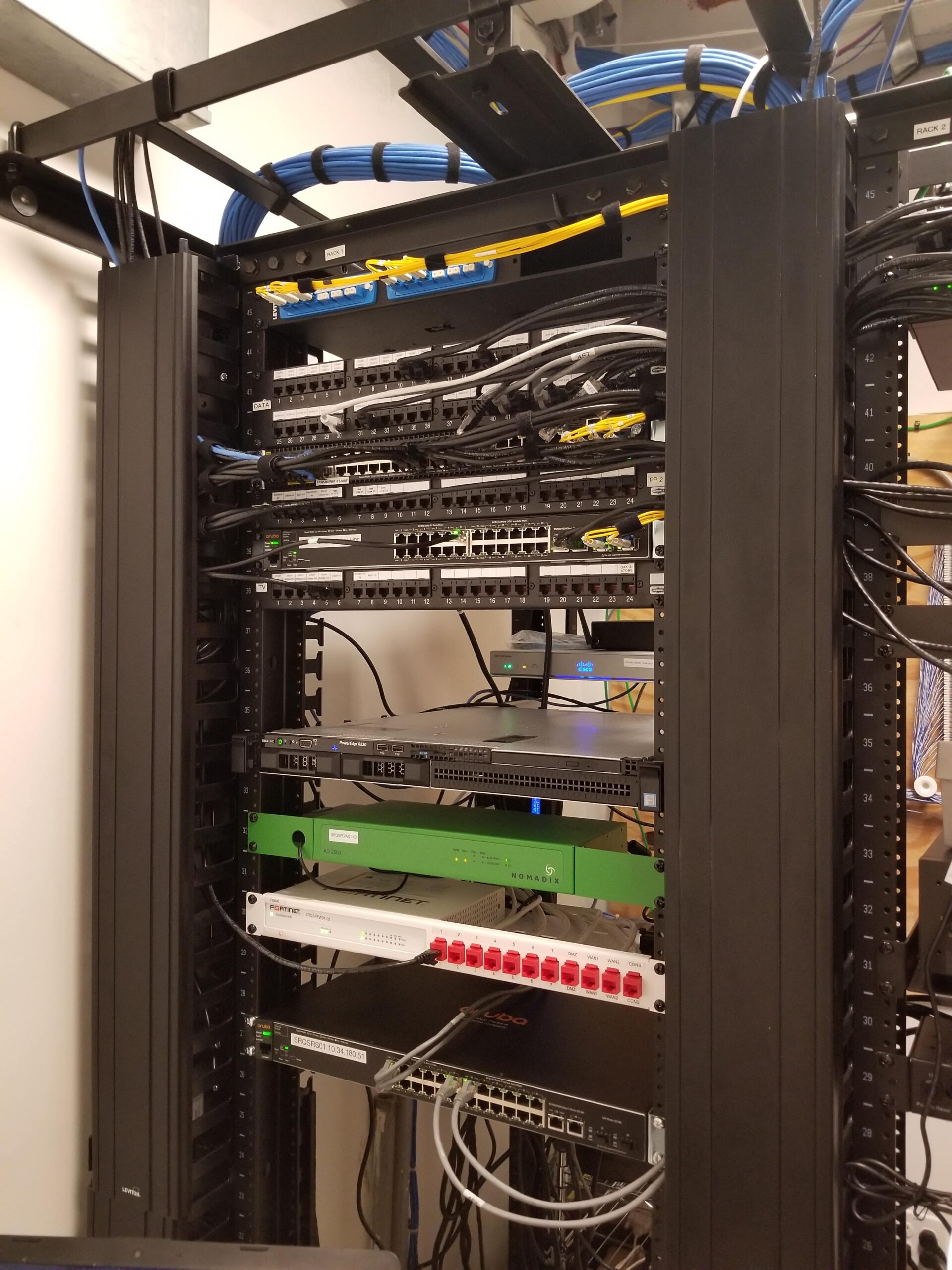Table of Contents
Power over Ethernet (PoE) is a technology that allows network cables to carry electrical power in addition to data. This technology simplifies the installation of network devices such as IP cameras, wireless access points, and VoIP phones by eliminating the need for separate power supplies. PoE has become a standard in networking due to its convenience, cost-effectiveness, and flexibility.
How PoE Works
PoE works by injecting power into the Ethernet cables, allowing a single cable to provide both data connection and electrical power to devices. This is especially useful in scenarios where it is difficult or expensive to run separate power lines. PoE can be implemented in various ways, depending on the power requirements of the devices and the network infrastructure.
Key Components of PoE
- Power Sourcing Equipment (PSE): This device is responsible for supplying power to the Ethernet cable. Common examples of PSEs include PoE switches and PoE injectors.
- Powered Devices (PDs): These are the devices that receive power from the Ethernet cable. Examples include IP cameras, wireless access points, VoIP phones, and network switches.
- Ethernet Cable: A standard Cat5e, Cat6, or higher cable is typically used to carry both power and data.
PoE Standards
There are several standards governing PoE technology, each specifying the maximum amount of power that can be delivered over the Ethernet cable. Below is a table summarizing the key PoE standards:
PoE Standards Comparison Table
| Standard | Max Power per Port | Power Available to Device (PD) | Voltage Range | Maximum Cable Length |
|---|---|---|---|---|
| IEEE 802.3af | 15.4 W | 12.95 W | 44-57 V | 100 meters (328 feet) |
| IEEE 802.3at | 30.0 W | 25.5 W | 50-57 V | 100 meters (328 feet) |
| IEEE 802.3bt Type 3 | 60.0 W | 51.0 W | 50-57 V | 100 meters (328 feet) |
| IEEE 802.3bt Type 4 | 100.0 W | 71.3 W | 50-57 V | 100 meters (328 feet) |
Explanation of Standards
- IEEE 802.3af (PoE): This standard, also known as PoE, provides up to 15.4 watts of power per port. However, only 12.95 watts are guaranteed to be available to the powered device, after accounting for power loss over the cable.
- IEEE 802.3at (PoE+): An enhancement of the original PoE standard, PoE+ provides up to 30 watts of power per port, with 25.5 watts available to the powered device. This is sufficient for devices requiring more power, such as advanced IP cameras with pan, tilt, and zoom capabilities.
- IEEE 802.3bt Type 3 (4PPoE): Also known as 4-pair PoE or PoE++, this standard provides up to 60 watts of power, with 51 watts available to the powered device. It is ideal for more demanding devices like video conferencing systems and multi-radio wireless access points.
- IEEE 802.3bt Type 4 (PoE++): The latest standard in PoE technology, providing up to 100 watts per port, with 71.3 watts available to the powered device. This is suitable for very high-power devices, such as digital signage, high-performance wireless access points, and even some laptops.
Advantages of PoE
1. Simplified Installation
- Single Cable Solution: PoE allows you to use a single Ethernet cable for both power and data, reducing the complexity of installations.
- No Need for Electrical Outlets: Devices can be installed in locations without access to electrical outlets, offering greater flexibility in device placement.
2. Cost-Effective
- Reduced Cabling Costs: By eliminating the need for separate power cables and outlets, PoE reduces installation costs.
- Lower Maintenance: PoE systems are easier to maintain, as there are fewer cables and connections that could potentially fail.
3. Flexibility
- Easier Relocation: Devices powered by PoE can be easily moved without the need to reposition power outlets.
- Scalability: PoE supports the easy addition of new devices to the network without significant infrastructure changes.
4. Safety
- Smart Power Management: PoE includes intelligent power management features that prevent overload, underpowering, and damage to network equipment.
- Low Voltage: The low voltage used by PoE is inherently safer than traditional AC power, reducing the risk of electrical hazards.
Common Applications of PoE
- IP Cameras: PoE is commonly used in surveillance systems to power IP cameras, especially in outdoor or hard-to-reach areas where running separate power lines would be difficult.
- Wireless Access Points (WAPs): Wireless APs deployed in buildings often use PoE for power, enabling flexible placement without worrying about power availability.
- VoIP Phones: PoE is ideal for VoIP phones, simplifying the deployment by eliminating the need for additional power supplies.
- Digital Signage: PoE can power digital displays, making it easier to install and maintain digital signage in various locations.
Conclusion
Power over Ethernet (PoE) is a versatile and cost-effective technology that has become a standard in modern networking. By combining power and data transmission over a single cable, PoE simplifies network device installations, reduces costs, and offers flexibility in device placement. Understanding the different PoE standards and their applications will help you make informed decisions when designing and deploying your network infrastructure.

